How to Get On Top of the Google SERP: A Practical Guide
by Ana Gotter • September 2, 2019
Everyone wants to rank #1 on the Google SERP. And, there’s a good reason for that. Sitting on top of the Google SERP ensures that you’ll get clicks—lots of clicks. More than that, it’s an instant credibility boost in most people’s eyes.
After all, if Google thinks your content is #1, it must be really good…right?
Putting the debatability of that question aside, the fact of the matter is, being #1 on the Google search engine results page (SERP) for your chosen keywords is a big deal for businesses. Early on in our blog’s history, over 2/3rds of our website traffic came from 2 articles—our only 2 articles to consistently rank #1 during that time.
So, how do you rank well on the Google SERP? Is it just the province of giant websites like Forbes and Buzzfeed? Or can you fight your way into a top spot?
Well, in short, the answer is “yes”. You can get on top of the Google SERP and, in this article, we’re going to go over 5 strategies you can use to help you do it.
1. Improve Your Domain Authority
Domain authority is a metric that Google used to use a few years ago to rate the reputability of a website. Google stopped posting this number and it’s page-specific counterpart—page authority—a while back, but in one shape or another, it’s still clearly part of their algorithm.
To fill the vacuum left by Google’s official number, Moz created their own domain authority algorithm. This algorithm tries to reverse engineer the Google algorithm and determine how reputability Google thinks a given website is.
Like the Google algorithm, Moz’s domain authority algorithm ranks websites from 1 to 100 based on a number of factors like backlinks, root domains and the history of your site.

As you can probably imagine, it takes a lot of time and effort to increase your domain authority. Google—and by extension, Moz—want to see relevant, consistent content that meets searchers’ needs. Most of the top publications have been around for years and have hundreds, if not thousands of pages, articles and web visitors.
The good news is, the lower your domain authority is, the easier it is to increase it.
For a big site like Hootsuite, increasing their domain authority from 91 to 92 is a pretty monumental accomplishment. A new website, on the other hand, can get their domain authority from 1 to 2 almost without even trying.
It’s a little like leveling up in a video game—the first few level ups are easiest, while it gets progressively harder the higher you go.
https://giphy.com/gifs/scott-pilgrim-michael-cera-level-up-qUDenOaWmXImQ
Almost any website that is host to at least some quality content can usually get to at least a domain authority of 10. Getting past that mark, however, can take some real effort.
But, since your domain authority plays a big role in how Google views your content, if you want to get to the top of the Google SERP for a keyword, it’s helpful to keep an eye on where you’re at and identify where you want to be.
In general, for a local business, a domain authority of 20-30 is fairly good. That will often get you to the top of most local search results. National or international businesses, however, often need to aim higher. A domain authority in the 40-60 range will set you up for success here, although higher is always better.
2. Get More Backlinks
As mentioned above, backlinks are a key part of how Google determines the value of your content. The idea here is very simple: when a website or webpage provides valuable content, other websites will naturally want to link to that content.
The only problem is, most people don’t dig very far to find good content. They usually look at the first few search results on a page, identify a good source and link to it.
As a result, content that ranks well tends to get more backlinks. Content that doesn’t rank well tends to fall further and further into obscurity.
So how do you get around this problem?
Well, one of the best ways to increase backlinks to your site is through content marketing. The more high-value content you create, the more likely people are to find it and link to it.
This is part of the reason why blogs are so popular for businesses. It gives them a great platform for publishing content and helps them build an audience that loves their business (and hopefully backlinks to their site).
Another way to use content marketing is to create lead magnets. These are usually high-value pieces of content like case studies or white papers that provide unique insight. Since those resources are specific to your business, when people want to use your data in their own content, they’ll usually link back to it.
Agorapulse’s Social Media Lab is a great example. They run tests and then publish the results in case studies that are available online for free.
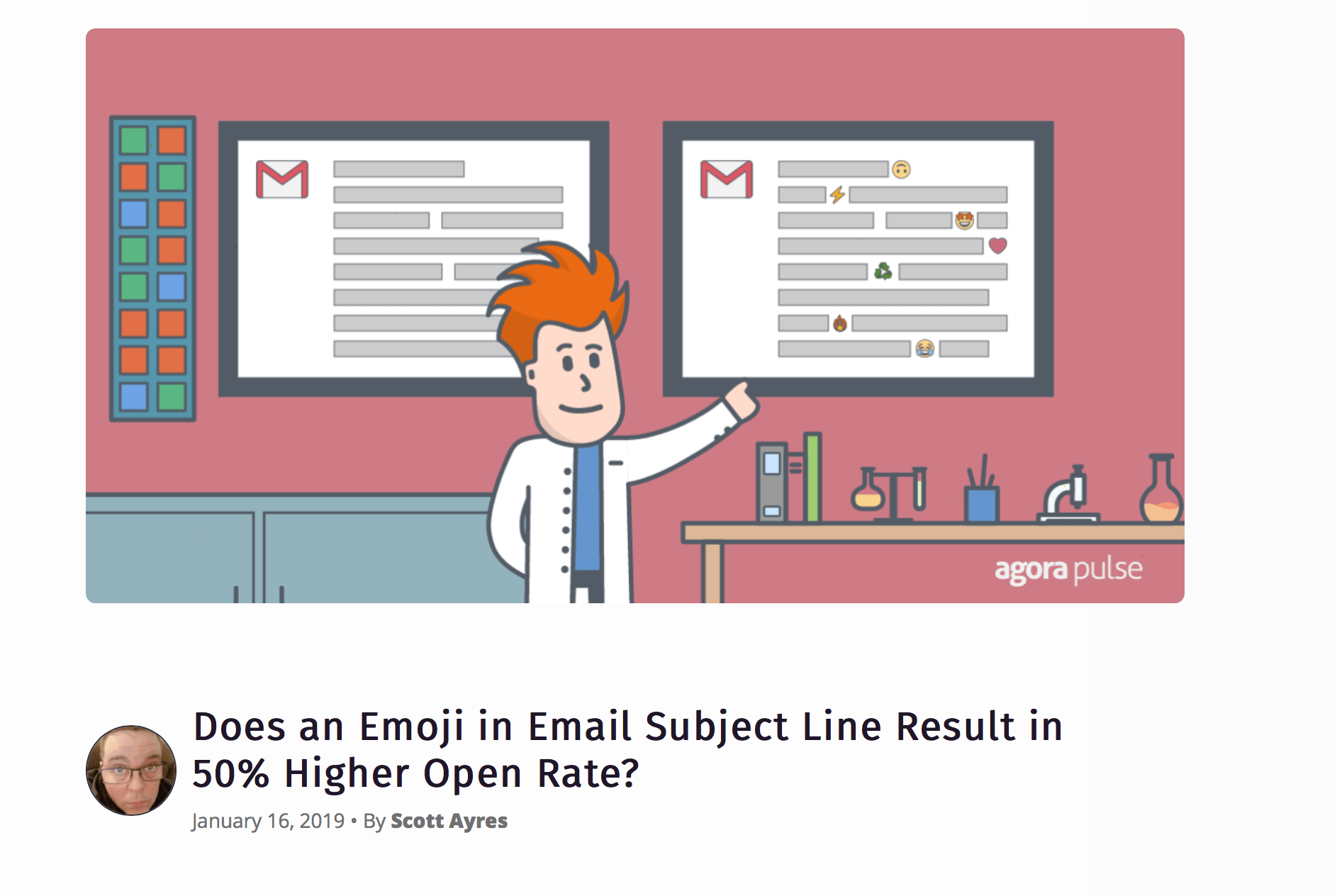
With any content strategy, the important thing is to find ways to maximize visibility. Your content probably won’t rank #1 on the Google SERP overnight, so you need to distribute your content more directly to get backlinks.
For example, you can share your content on social media, ask influencers to check it out or directly email websites and ask them to link to your content. Or, if you really want to guarantee that your article will be seen, you can always run ad campaigns promoting your content.
If you aren’t sure how many backlinks you have or want to see how many you’re getting, you can use a tool like SEMrush’s Backlink Audit tool to track your backlinks:
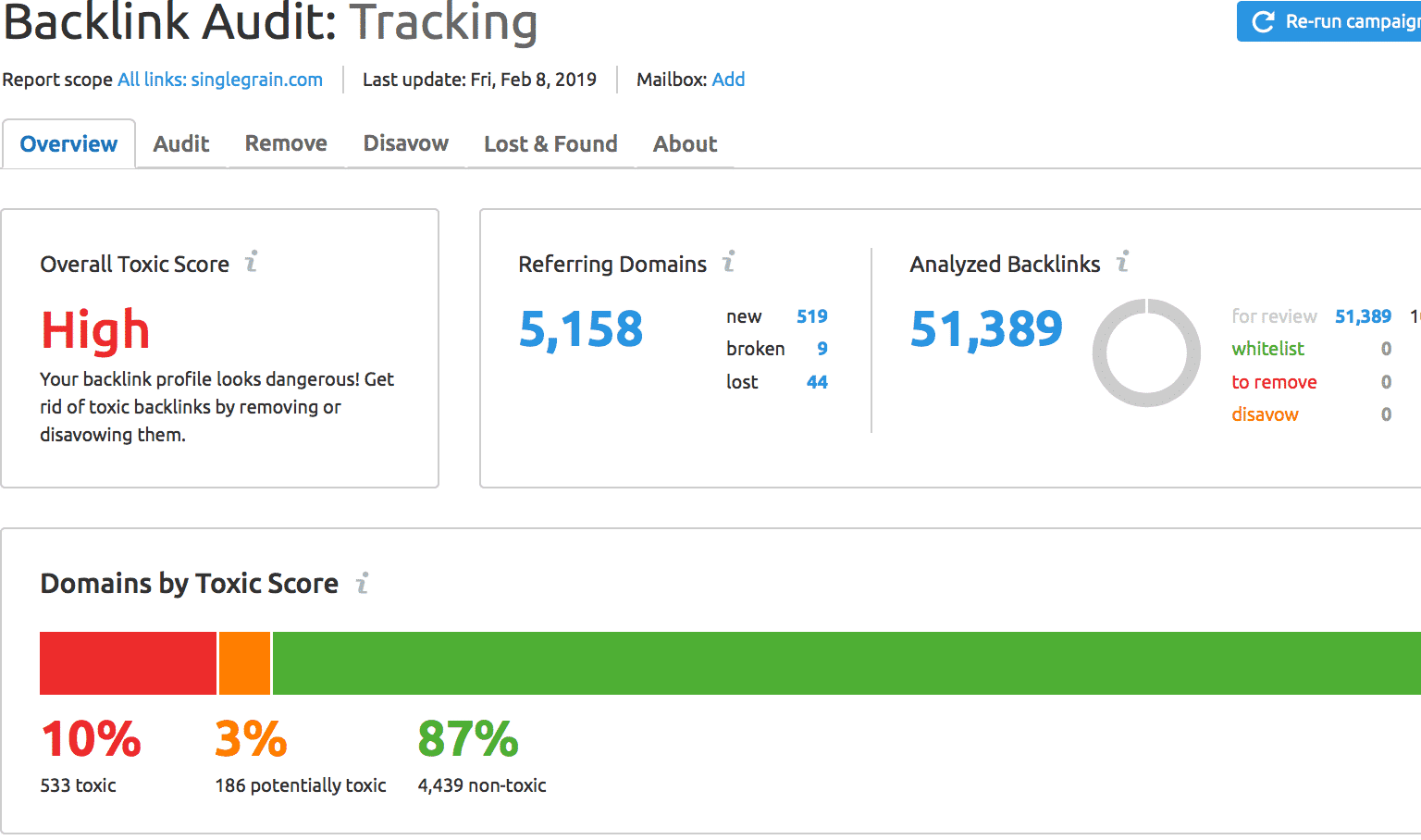
With tools like these, you can track backlinks, flag “toxic” backlinks for removal and generally stay on top of your backlinking strategy.
3. Create Your Own Backlinks
Of course, if you really want to ensure that your content gets backlinks, why not do it yourself? If you write articles for other websites, you’re the one who decides (well, with the input of that website’s editor) which high authority content to link to!
This sort of strategy takes a lot of work, but it’s one of the more reliable ways to get backlinks from other websites. Most publishers—including yours truly—love free, high-quality content, so if you’re willing to create good content for their site, they’ll usually be willing to publish it.
At a minimum, you’ll usually get at least one backlink to your website in your author profile and, if you’ve got great content on your website, you may be able to snag a few extra links in the actual article itself.
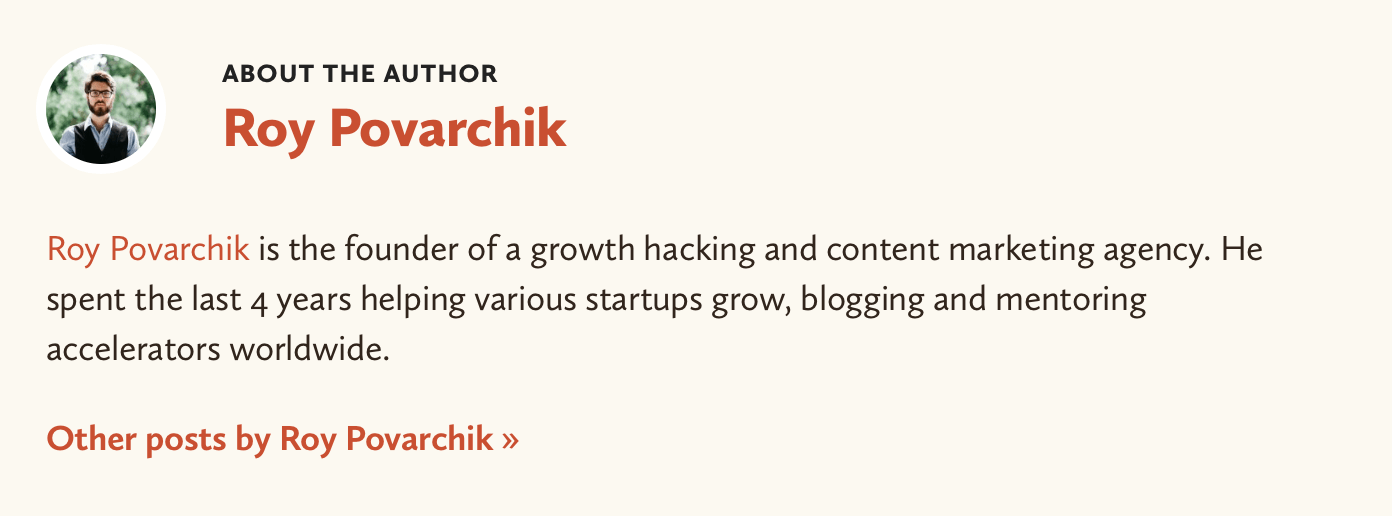
The trick here is to make sure that you have top-notch, non-promotional content on your own website—content that people can’t get anywhere else.
For example, after completing our audit of 2,000 Google Ads accounts, we were able to use those findings to get tons of backlinks via guest posting. It was content that people wanted to know about, so editors were happy to let us link to it in our articles.
If you really want to get smart about things, you can also link to guest posts you’ve had published in your newer guest posts. That way, the authority of your older posts increases and makes their links to your content even more valuable.
Aside from guest posting, it’s also a good idea to link internally in your content. This encourages people to visit more pages on your site—which makes your website look good in Google’s eyes—and shows Google how your different content is connected.
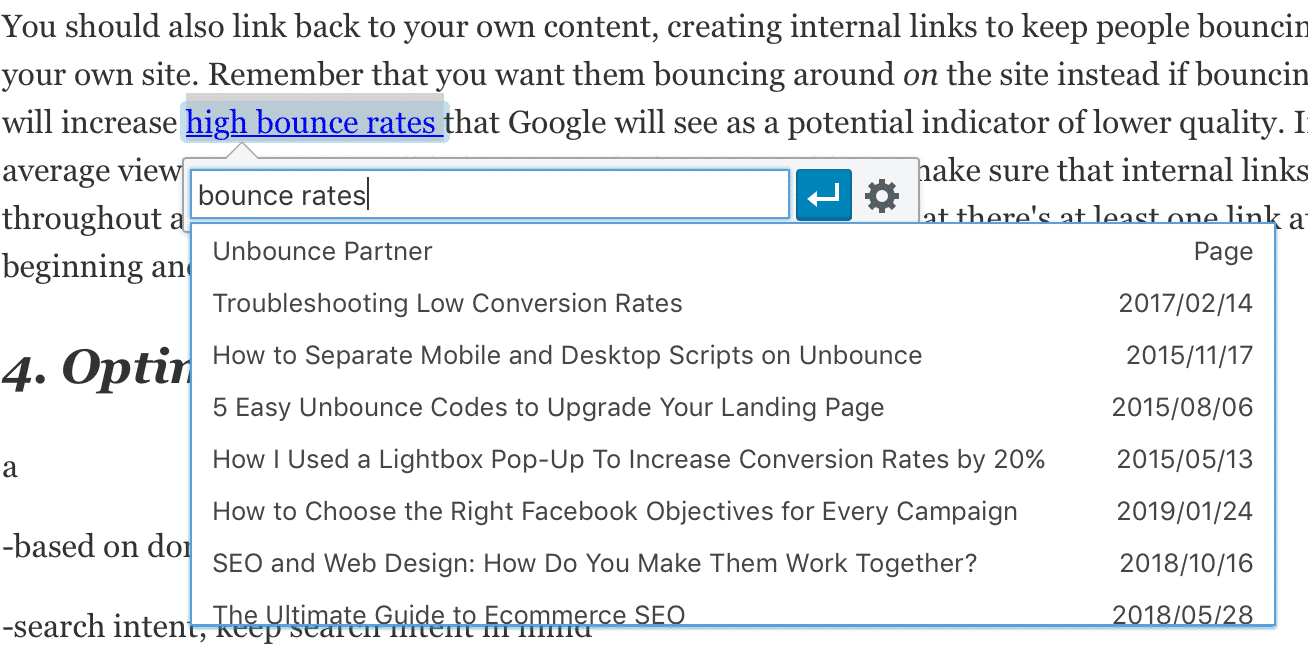
As a general rule of thumb, I recommend including at least 3-5 internal links per 1,000 words of content. The links at the beginning and end of your content are seen as the most important in Google’s eyes, so make sure to place links to your own content in these places whenever it makes sense!
4. Optimize Everything for the Right Keywords
Your keyword strategy is at the heart of ranking well on the Google SERP. Ranking well doesn’t mean very much if you’re ranking for the wrong keywords.
For example, in October 2013, we put out a blog post titled “6 Killer PPC Branding Tactics Even Freddy Krueger Loves!”
At the time, it seemed like a good content marketing idea and—when our blog traffic suddenly went through the roof—it seemed like we had hit a homerun!
In fact, for the next year, we had more site visits to that blog post than to any other page on our site (including our homepage).
However, all that traffic didn’t turn into conversions. To date, we’ve yet to get a single conversion from that blog post.
On the surface, the article should have been a runaway success. Our post was showing up on the first page of Google and driving a 50-200 clicks/day.
Unfortunately, it was showing up when people searched “Freddy Krueger”.

As a result, the audience we were driving to our blog was not the kind of audience that was interested in what we had to offer and—not surprisingly—no one converted.
It wasn’t that our content was bad or that we had a misleading title. Our audience was simply wrong (and possibly homicidal…).
With all that in mind, you should be optimizing each individual page and piece of content for selected, well-researched keywords. In addition, each page should get it’s own primary target keyword to avoid keyword cannibalization.
The keyword strategy that you use, however, is important. There are a few things to note when choosing the keywords you want to target:
- Choose your keywords based on your domain authority. If you want immediate visibility in the SERPs but you have a domain authority of 16, you’re going to want to look for the lowest competition keywords you can. Take your pick out of the low comp keywords and look for those that have the highest search potential out of the lot, and start there. You can still create content and pages for higher competition keywords and it can be shared elsewhere, but remember that you might end up on page 6 of the results.
- Keep search intent in mind. As in the story above, if you want results, your content has to match the search intent behind the keyword. Someone searching for “social media agency” likely isn’t going to want “10 tips to decide if starting a social media agency is for you!” They want to find someone to hire. If your content doesn’t line up with the estimated search intent, it won’t matter how well you rank.
- Use diverse keywords. Shake things up. Go for both long-tail and short-tail keywords. This will help you extend your reach and it will make it easier to target users in all stages of the buying process and funnel, which is important for marketers to accomplish.
As you develop your keyword strategy, you’ll want to do a fair amount of research. Tools like Google’s Keyword Planner are a great way to identify relevant keywords with good search volume. It can be a complicated puzzle, but it’s one you’ll need to solve to make the most of your keyword strategy.
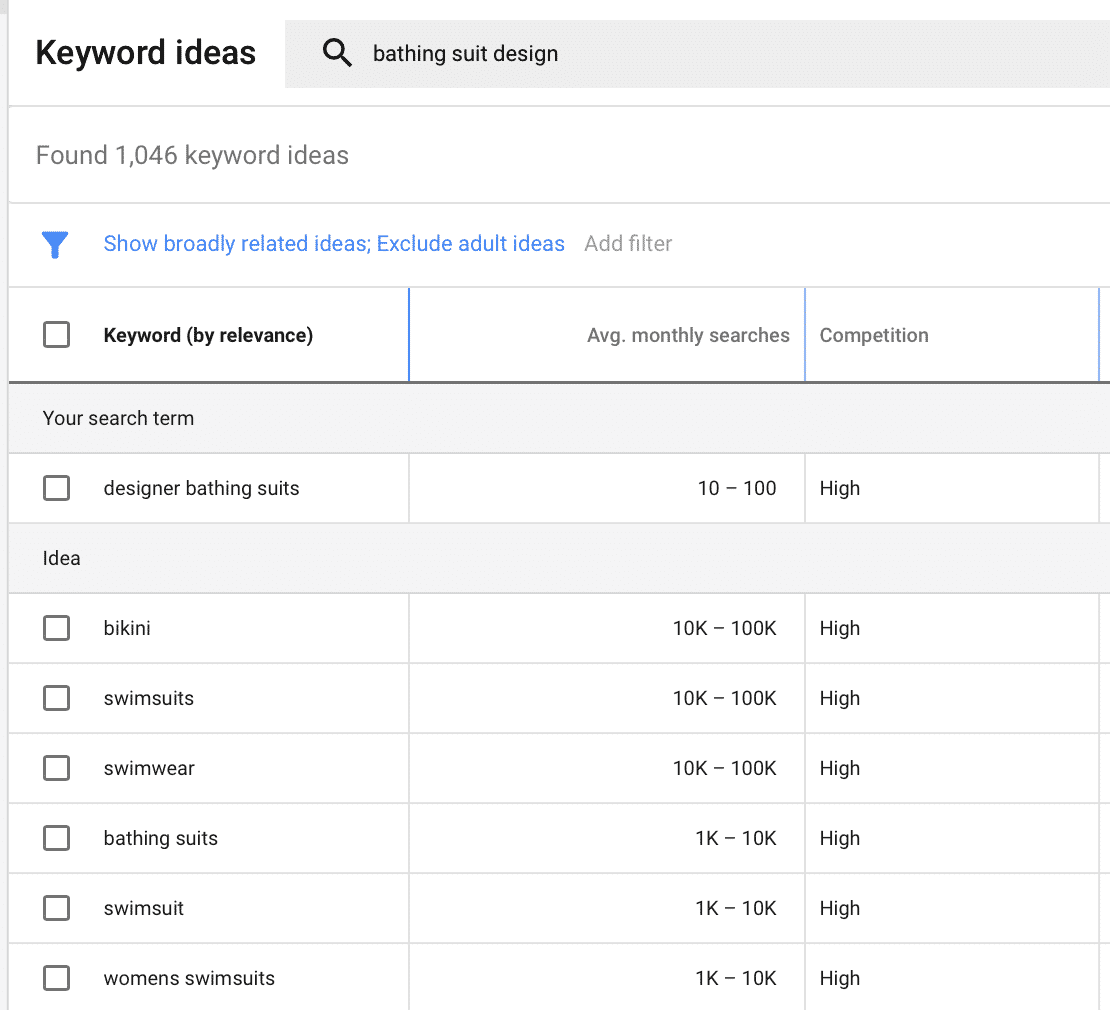
And…if you find keywords that you really, really, really want to target but know that you don’t quite have the domain authority to rank for yet? Go ahead and add them to ad groups and create a Google Ad campaign.
5. Optimize Your Site
If you’re looking for a direct way to improve your odds of ranking well on the Google SERP, you may want to look into cleaning up the back end of your website.
The first place to start is your site speed. These days, we all expect instantaneous gratification. We want our food to be ready fast, groceries (and pretty much everything else) delivered to our door, packages to arrive in two days (or less)…and web pages to load in less than a second.

In fact, according to Google, simply increasing the load time of a page from 1 second to 3 seconds increases the bounce rate by 32%. And that’s just a difference of 2 seconds! At a 10-second load time, bounce rate goes up by 123%.
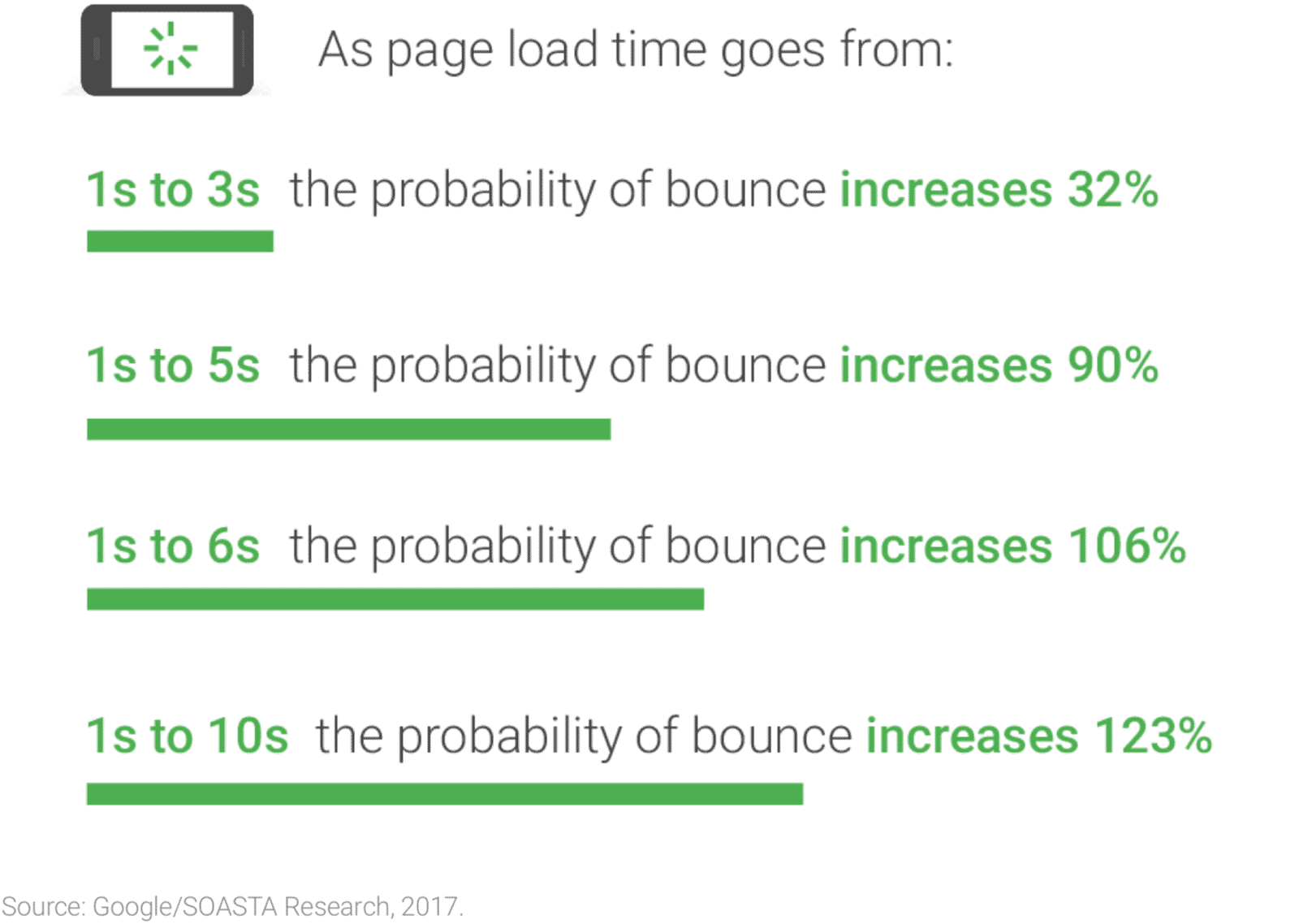
Since Google’s goal is to connect people with the web pages and sites that they’re looking for, they pay a lot of attention to things that increase bounce rate. After all, a high bounce rate indicates a poor user experience. Since Google doesn’t want a reputation of sending people to frustrating, poor-quality websites, sites with slow load times get deprioritized by Google’s algorithms.
This is true for both organic search results and paid search results.
So, if you’re looking to improve SEO performance, SEM performance or just your overall user experience, increasing your website speed is a great place to start. You can check your loading speeds here.
Once you’ve got your website running quickly, check and see if you have any technical SEO issues to resolve. Broken links, URL canonization issues, indexing errors and more can all affect your SEO ranking, so it pays to stay on top of the technical side of things.
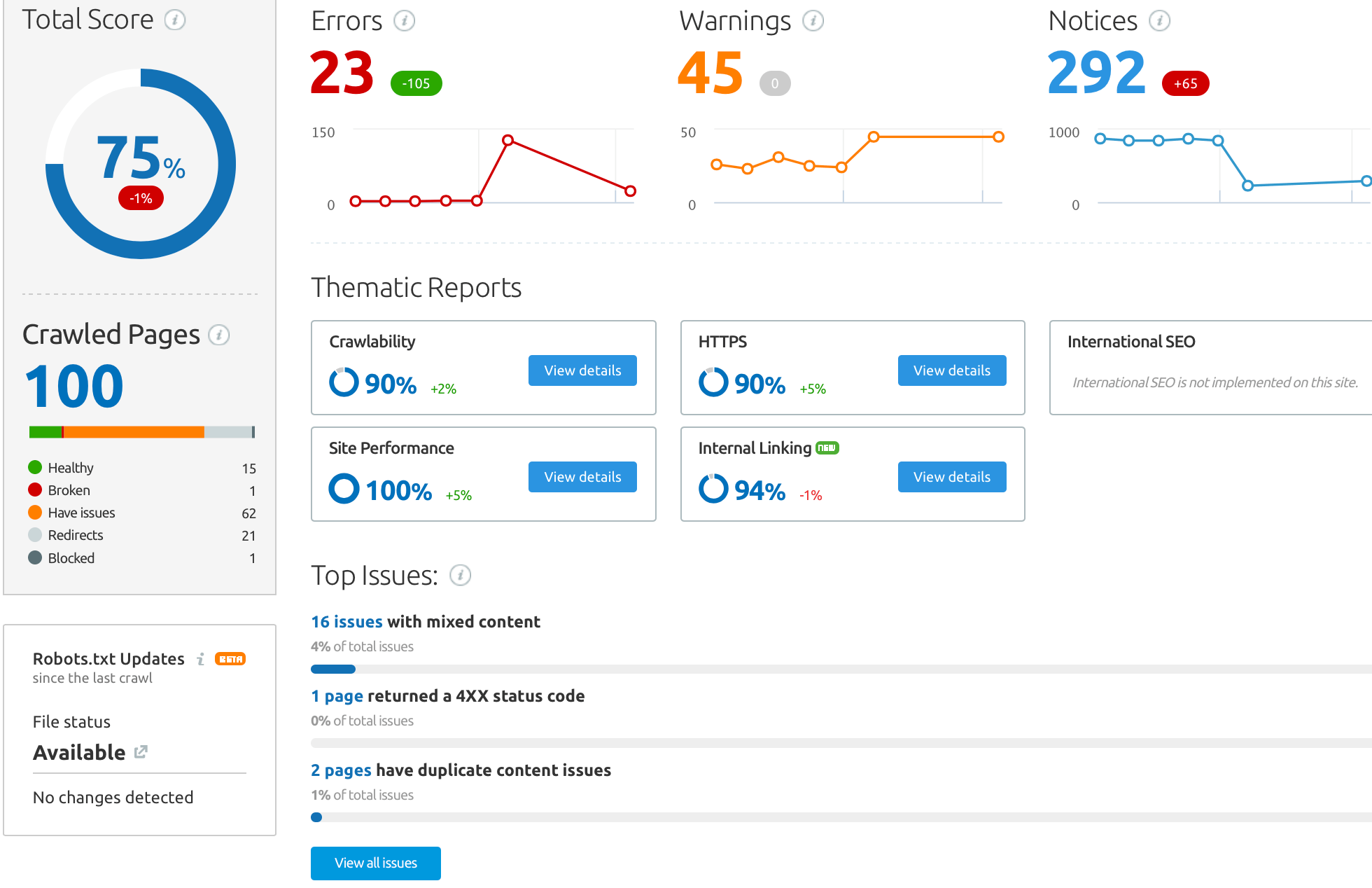
While this all sounds like a lot to manage (and it can be), once your website is running well, it usually stays that way. To see if you have any technical issues that need to be addressed, you can check out this post or use a Site Audit tool like the one above from SEMrush.
It isn’t all bad news, either. Often, getting into the technical side of your SEO setup can actually reveal some real opportunities. For example, if you don’t have a schema markup like the one below, you could be missing out on potential clicks.

It certainly isn’t as fun as creating content or getting backlinks, but technical SEO is still important. Best of all, it’s completely within your control, so spending a little time here can often produce big results.
Taking Over the Google SERP
Ranking #1 on the Google SERP is a great goal for any website. In fact, it’s why Google Ads exists—it gives businesses a pay-to-play way to win on the SERPs.
So, if you don’t want to wait for your SEO strategy to pay off or you’ve tried everything and just can’t seem to get to the top of the Google SERP for your target keywords, let us know here or in the comments. We’d love to help you put together an advertising strategy that will help you get the results you need.
Aside from that, the strategies outlined above really are the key to ranking well on the Google SERP. There’s no exact science to ranking #1, but there are ways to greatly improve your ranking and get the results you need.
What do you think? Have you ever tried to improve your Google ranking? If so, which strategies did you find most effective? Share your thoughts and questions in the comments below!




